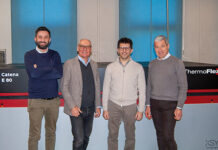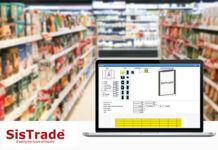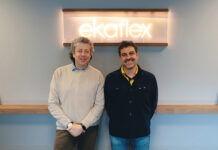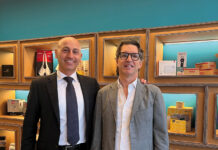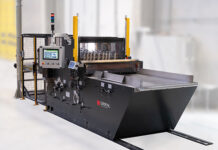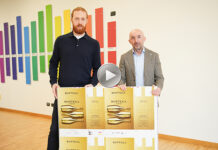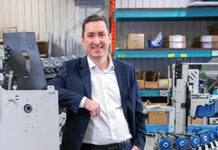Heidelberg has set up a dedicated business unit for the industrial development, manufacture, and sale of printed and organic electronics. The company has also started production at its Wiesloch-Walldorf site, investing some five million euros in a complete production line for printed sensors.
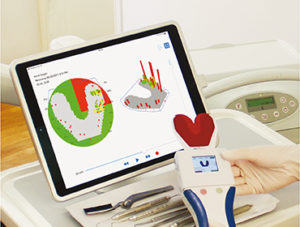
Sensors developed at InnovationLab (iL) in Heidelberg for use in dental technology are set to be printed first. These innovative printed sensors make it possible, for the first time ever, to digitally record the distribution of masticatory pressure during occlusion, that is to say when the upper and lower jaws come together. 3D visualization on a tablet and data archiving enable malocclusions to be identified and subsequently corrected. Looking further ahead, Heidelberg is to use state-of-the-art printing technology at its high-tech campus to produce sensors for other digital applications, in particular in healthcare and logistics, and also in the retail and automotive sectors. “As we see it, our involvement in this production of high-tech sensors opens up the potential for growth in the two – to three-digit million euro range”, said Heidelberg CEO Rainer Hundsdörfer.
The future industrial printing of organic electronics and the associated software/ hardware development represent a first for the German mechanical engineering company and will take digitization forward in leaps and bounds. The new sensor printing technology makes Germany’s high-tech industry a world leader in this area of development. In operational terms, its introduction offers Heidelberg a whole host of development opportunities, printing sensors mile after mile on an industrial scale in a cleanroom environment.
Opportunities for a variety of new Industry 4.0 digital business models
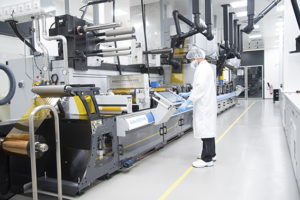
Innovative printed and organic electronics technology produces sensors based on conductive inks and functional materials. Integrated into wireless sensor nodes (sensors and their communication nodes), they are a cornerstone of applications in the areas of Industry 4.0 and the Internet of Things. The new printing technology will ultimately expand existing digital business models and above all trigger the development of new, smart products. A high level of demand already exists – in particular in healthcare and logistics, and also in the retail, automotive, and consumer electronics sectors, portable technologies, and building automation.
Printed and organic electronics – also often referred to as green electronics – offers numerous benefits for consumers. The energy-efficient production process, resource-conserving use of materials, and industrial series production also ensure consistent quality in large volumes at relatively low cost – key prerequisites for international competitiveness. Looking to secure a leading position in the digital future, Heidelberg is throwing open the door into the new world of digital technology and moving into completely new areas of business.
High market potential
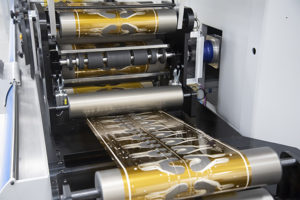
The current success is the result of years of fundamental research by scientists from Germany and other countries at InnovationLab GmbH in Heidelberg. iL and Heidelberg have set an ambitious goal for their cooperation. Together, they are looking to play a leading global role in printed electronics. Innovative products are providing both companies with new markets and opportunities for establishing partnerships in all kinds of industries. Experts predict huge economic potential for printed sensors, forecasting sales of up to a billion euros over the next ten years.





